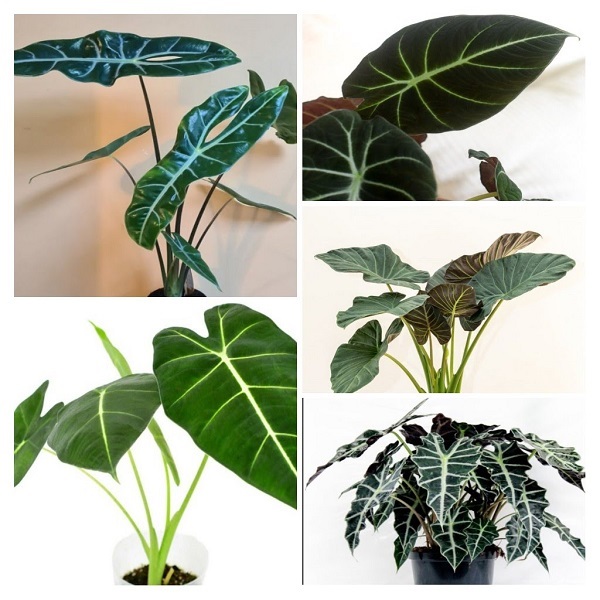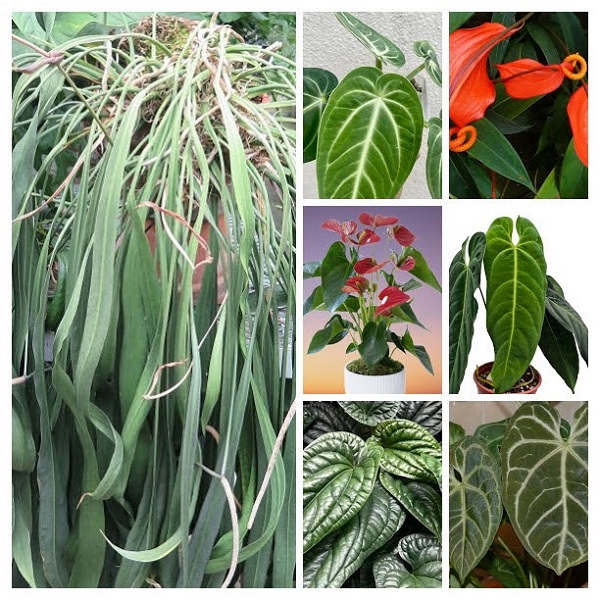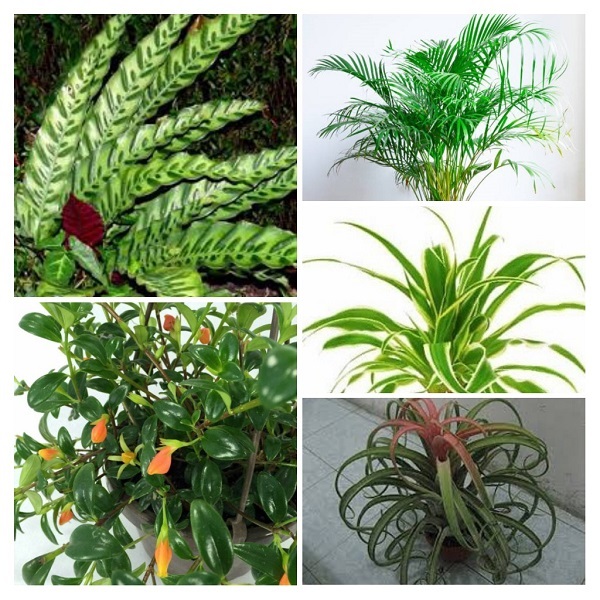How to Display or Style Indoor Plants for a Great Impact
Some links in this post may be affiliate links
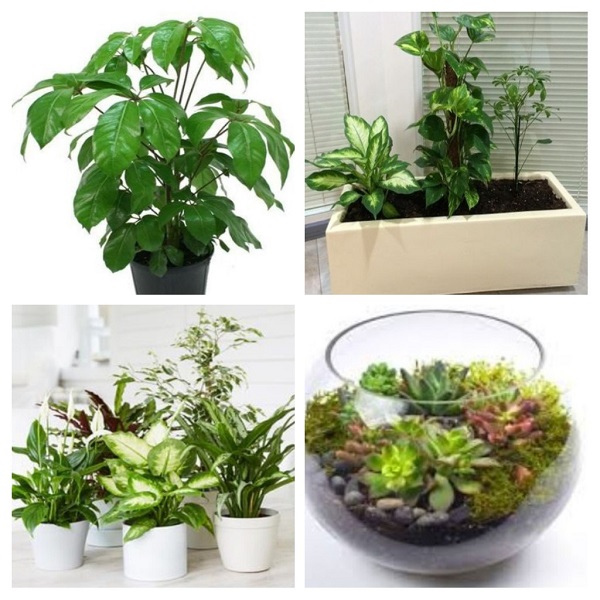
Display or Styling of indoor plants simply means arrangement of houseplants, that is to simply say, how you place your houseplants.
To make it easier for you to achieve the greatest impact in the display of your houseplants, we have outlined herebelow, what you need to consider.
These tips are easy to follow and will ensure you have the perfect display for your houseplants.
What to Consider Inorder to Achieve Great Impact in Houseplants Display or Styles
Select a display (arrangement) that is pleasing to you and your family and one that is suitable for the houseplants concerned.
Consider scale: the display (arrangement) should be in keeping with the surroundings. Put large specimen (stand alone) houseplants in spacious rooms and small pots on tiny window sills.
Let the dramatic houseplants stand on their own and put the less spectacular ones in a group. A specimen plant should be a real focal point because of its shape, foliage or flowers.
Grouped plants can be greatly improved by incorporating a focal point comprising of one or more eye-catching plants which adds extra color and interest.
Avoid overdoing it; too many houseplants in a room will make it feel overcrowded. Have a few impactful plants. Do not let your room look like a conservatory.
You can display or style your houseplants as you like; there are no fast rules on how to display or style your houseplants. The following are some popular types of houseplants displays;
4 Popular Types of Houseplants Displays or Styles
1. Specimen Plant or Stand Alone Plant

A specimen plant also called a stand alone plant is a flowering or foliage plant grown alone in its own pot which is displayed alone.
Usually it is a very showy houseplant which on its own will provide the impact required. Indoor trees and palms are very ideal specimen houseplants.
Some of the best plants that you can choose from for a stand alone houseplant are; Monstera deliciosa (Swiss Cheese Plant), Schefflera actinophylla (Umbrella Tree), indoor Palms, Ficus elastica (Rubber Plants), Ficus benjamina (Weeping Fig), Ficus lyrata (Fiddle Leaf Fig), Dracaenas, Dieffenbachia (Dumb cane), Cordyline terminalis (Ti Plant), Crotons among many others.
2. Pot group
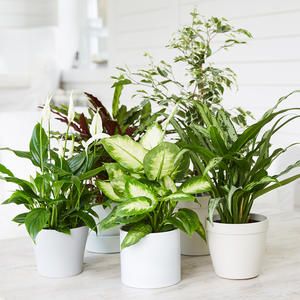
This is a collection of plants in individual pots closely grouped together to create a massed effect; individually these plants cannot offer a bold effect.
The grouped pots remain visible as separate units. To add interest and color to the pot group add one or more eye-catching plants to the group.
To give added height to the pot group raise the plants at the rear of the group.
Some houseplants that are ideal for a pot group are Peace Lily, Aglaonema, Pothos, Heartleaf, English Ivy, Spider plant among others.
Advantages of a Pot Group
Individually these plants cannot offer a bold effect. Putting them together creates the much desired impact.
Most small-leaved plants may seem uninteresting and insignificant individually but once grouped with large-leaved plants they come to life and add to the overall effect.
To hide imperfections for the specimen plant for example lop-sided branch, bare stems and damaged leaves, they can be surrounded with other plants.
Watering is easier than when plants are scattered around the room. The close proximity of plants in a group increases the air humidity around the plants. This can be vitally important for the delicate types.
3. Indoor garden
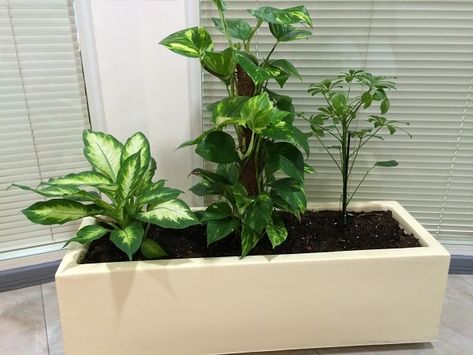
This is a large container filled with several plants. The plants may still be in their individual pots but they are hidden or they may be planted directly into the large container.
A layer of gravel is placed at the bottom of the container to hold excess water from the growing medium and also acts as a reservoir.
The benefits of the indoor garden are similar to those of the pot group but the natural effect here is more dramatic.
You will note that houseplants grown in a indoor garden grow better that when grown in individual pots.
Some of the reasons for this are: there is higher humidity, insulation of roots from sudden temperature changes and most important benefit is the water reservoir below which keeps the plants well hydrated.
Some of the houseplants that are ideal for an indoor garden include Polka Dot, Syngonium (Arrowhead Vine), Hedera helix (English Ivy), Schefflera arboricola (Dwarf Umbrella Tree), Bamboo Palm, Asparagus fern, Baby's Tears, Golden Pothos, Dieffenbachias among others.
However the indoor garden has some disadvantages; the close planting can lead to reduced ventilation which means the plants are more prone to pests and diseases attack.
You can reduce these by frequent pruning to increase spacing between plants to avoid overcrowding and by timely cutting off diseased parts or dead flowers from the plants.
4. Glass Plants Terrarium
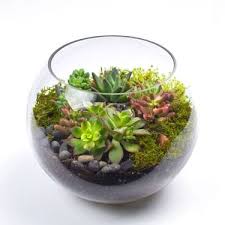
A terrarium is a glass or transparent container inside which plants are grown. The top is naturally restricted or covered with a transparent material.
The terrarium completely or almost completely surrounds the plants and as a result keeps off the plant-killing draughts. The air within a terrarium is always moister than the room atmosphere.
The moistness of the terrarium makes it ideal for growing the delicate houseplants which may require high humidity and protection from draughts.
Some houseplants that are idea for a terrarium include Bromeliads, Peperomias, Calatheas, Ficus pumila (Creeping Fig), Marantas, Pilea, Ferns among others.
Suitable containers which you can use to make a plants terrarium include a fish tank, a large bottle or even a large mixing bowl.
The only requirement is for the container to have transparent sides and a restricted opening or an opening that can be covered with a transparent material. Here is a post on how to make a plants terrarium.
